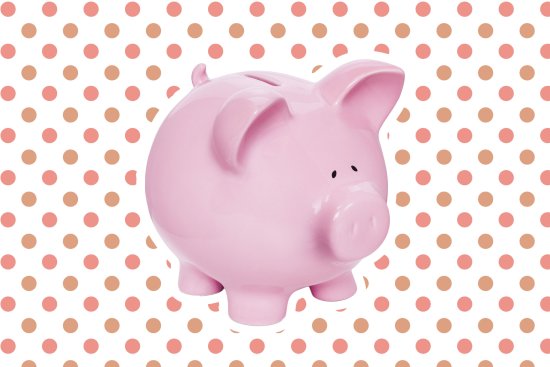
Yes, it really is possible
We make countless decisions every day that affect our wallets, from how we get to work to what we eat for dinner to whether we should book that vacation. But how do you know you’re making the smartest decisions for your financial situation?
That’s where a budget comes in. At LearnVest, we surveyed more than 100,000 members nationwide to identify their number one financial goal. The winner? Budgeting. So if you’re trying to tackle this important personal finance to-do, you’re certainly not alone.
[time-brightcove not-tgx=”true”]But here’s the thing: I believe budgeting isn’t a goal in and of itself but a powerful tool that can help you achieve your other goals—like getting out of credit card debt, buying a home or starting a family. That’s why we at LearnVest have developed a budgeting method, called the One Number Strategy, that builds in your goals and gives you just one number to track each week.
Read more: What to Know Before Renting Your First Apartment
To get started, figure out your monthly take-home pay, which is the dollar amount that hits your account each month. (It’s much more helpful to budget with the money you actually have, as opposed to your pre-tax income.) From there, subtract three key things:
- Your fixed expenses: This is the money you know is already accounted for each month. We’re talking things like rent or mortgage payments, utilities and gym memberships.
- Your financial goals: This is important. What goals are you working on, and how much do you need to contribute monthly to reach them on time? If you’re not sure where to begin, we recommend starting with your financial foundation: Building an emergency fund, saving for retirement and paying down credit card debt.
- Your non-monthly expenses: This is where the average budget typically falls out of whack. These are expenses you know you’re committed to paying, but they happen irregularly. Think: Annual insurance premiums, holiday gifts, haircuts, wedding gifts. To prepare in advance, tally up these costs on an annual basis, divide by 12, and then set aside that amount each month so you’re ready when the time comes.
Read more: Doing This One Thing Can Save You Thousands of Dollars a Year
The amount left over is yours to spend however you’d like. Divide it by four to figure out your magic number—how much you have available to spend weekly on everything from dinners out with friends to concert tickets to lattes. What I love about this system is that you’re just tracking one number (instead of worrying if you’re “over budget” by $5 on a specific category). As long as you stay within the boundaries of this number, you can rest easier knowing that your expenses and goals are all accounted for.
Alexa von Tobel is the founder and CEO of LearnVest and the author of Financially Fearless.